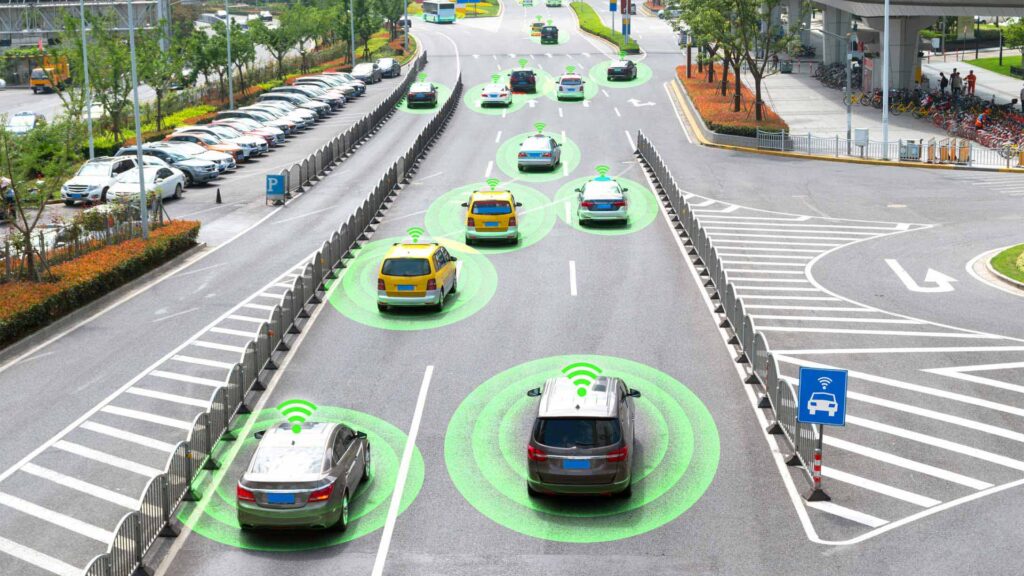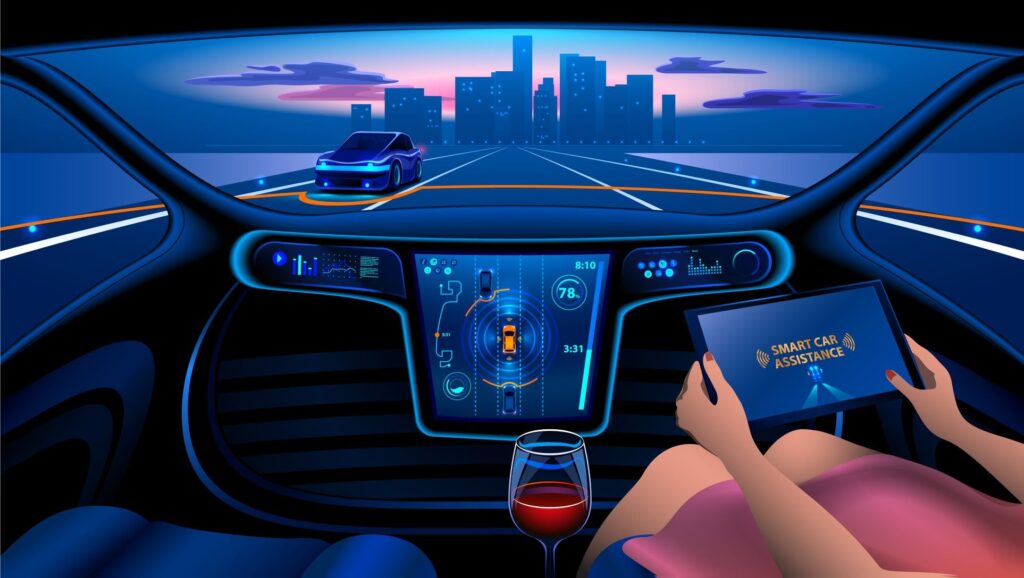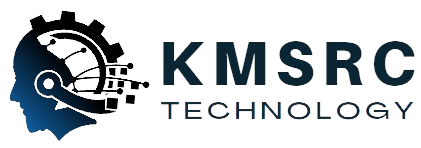Transportation is undergoing a profound transformation driven by advancements in technology, shifting consumer preferences, and evolving regulatory frameworks. From autonomous vehicles and electric mobility to interconnected urban transportation networks, the future of smart transportation holds immense promise for improving mobility, enhancing sustainability, and reshaping the way people and goods move. However, realizing this vision requires not only the integration of cutting-edge technologies but also the effective management of human resources to navigate the complex challenges and opportunities ahead. In this article, we explore the future of smart transportation, focusing on the integration of technologies and the crucial role of human resources management in driving innovation and success.
The Evolution of Smart Transportation

Smart transportation encompasses a wide range of innovations and initiatives aimed at making transportation safer, more efficient, and more sustainable. Key developments shaping the future of smart transportation include:
1. Autonomous Vehicles
Autonomous vehicles (AVs) represent a paradigm shift in transportation, promising to revolutionize mobility by eliminating the need for human drivers. AV technology has advanced rapidly in recent years, with numerous companies and research institutions developing self-driving cars, trucks, and buses capable of navigating roads safely and efficiently.
2. Electric Mobility
The rise of electric vehicles (EVs) is transforming the automotive industry and reducing reliance on fossil fuels. EVs offer environmental benefits such as lower emissions and reduced noise pollution, making them an attractive option for sustainable transportation solutions. As battery technology improves and charging infrastructure expands, EV adoption is expected to accelerate in the coming years.
3. Mobility as a Service (MaaS)
Mobility as a Service (MaaS) platforms are reshaping urban transportation by offering integrated, on-demand mobility solutions. MaaS providers offer users access to various transportation modes, including public transit, ride-hailing, bike-sharing, and car-sharing, through a single digital platform. MaaS promises to enhance convenience, reduce congestion, and improve the overall efficiency of transportation systems.
4. Smart Infrastructure
Smart infrastructure technologies such as intelligent traffic management systems, connected vehicle-to-infrastructure (V2I) communication, and dynamic road pricing are optimizing traffic flow and enhancing safety on roads and highways. These technologies leverage real-time data and advanced analytics to improve traffic management, reduce congestion, and mitigate accidents.
Integrating Technologies for Smart Transportation

The future of smart transportation lies in the seamless integration of diverse technologies to create interconnected, efficient, and sustainable mobility ecosystems. Key elements of this integration include:
1. Connectivity
Connectivity is the backbone of smart transportation systems, enabling real-time communication and data exchange between vehicles, infrastructure, and users. Vehicle-to-vehicle (V2V) and vehicle-to-infrastructure (V2I) communication systems facilitate collision avoidance, traffic management, and route optimization, enhancing safety and efficiency on the road.
2. Data Analytics
Data analytics plays a crucial role in smart transportation by providing insights into traffic patterns, travel behavior, and infrastructure performance. By analyzing large volumes of data from sensors, cameras, and other sources, transportation authorities can make informed decisions about infrastructure investments, traffic management strategies, and urban planning initiatives.
3. Artificial Intelligence
Artificial intelligence (AI) is driving innovation in smart transportation by enabling autonomous driving, predictive maintenance, and personalized mobility services. AI-powered algorithms can analyze complex traffic scenarios, optimize route planning, and predict demand for transportation services, improving efficiency and reducing environmental impact.
4. Electrification
The electrification of transportation is a key enabler of smart mobility, offering environmental benefits and reducing reliance on fossil fuels. Electric vehicles (EVs), coupled with renewable energy sources such as solar and wind power, contribute to a more sustainable transportation ecosystem and help mitigate climate change.
Managing Human Resources in Smart Transportation
While technological advancements are driving the evolution of smart transportation, the human factor remains central to its success. Effective management of human resources is essential for navigating the complexities of implementation, addressing regulatory challenges, and ensuring public acceptance. Key considerations for managing human resources in smart transportation include:
1. Skills Development

As smart transportation technologies evolve, the demand for skilled workers in areas such as software development, data analytics, and systems integration is expected to grow. Investing in workforce training and development programs is essential for equipping employees with the skills and knowledge needed to thrive in a rapidly changing industry.
2. Talent Acquisition
Attracting and retaining top talent is critical for driving innovation and maintaining competitiveness in the smart transportation sector. Employers must adopt proactive recruitment strategies to attract candidates with diverse backgrounds and expertise in areas such as engineering, cybersecurity, and urban planning.
3. Collaboration and Partnerships
Collaboration between public and private sector stakeholders is essential for fostering innovation and overcoming regulatory barriers in smart transportation. Employers must cultivate a culture of collaboration and partnership, both internally and externally, to leverage collective expertise and resources for shared goals.
4. Change Management
Implementing smart transportation initiatives often requires organizational change and adaptation to new technologies and workflows. Effective change management practices, including clear communication, stakeholder engagement, and training programs, are essential for minimizing resistance and maximizing employee buy-in.
5. Diversity and Inclusion
Promoting diversity and inclusion in the workforce is not only a matter of social responsibility but also a strategic imperative for driving innovation and creativity in smart transportation. Employers must prioritize diversity and inclusion initiatives to attract a broad range of perspectives and talent, fostering a culture of innovation and collaboration.
The future of smart transportation holds tremendous promise for improving mobility, enhancing sustainability, and reshaping urban landscapes. By integrating technologies such as autonomous vehicles, electric mobility, MaaS platforms, and smart infrastructure, transportation systems can become safer, more efficient, and more accessible. However, realizing this vision requires effective management of human resources to navigate regulatory challenges, drive innovation, and ensure public acceptance. By investing in skills development, talent acquisition, collaboration, change management, and diversity and inclusion initiatives, employers can position themselves for success in the dynamic and rapidly evolving field of smart transportation. Through a holistic approach that balances technological innovation with human-centered practices, the future of smart transportation can be realized, creating more connected, sustainable, and inclusive communities for generations to come.
